
How to Maintain the Health of Your Commercial Roof
Learn the essential tips for commercial roof inspection and replacement to ensure the longevity and durability of your building's roof.
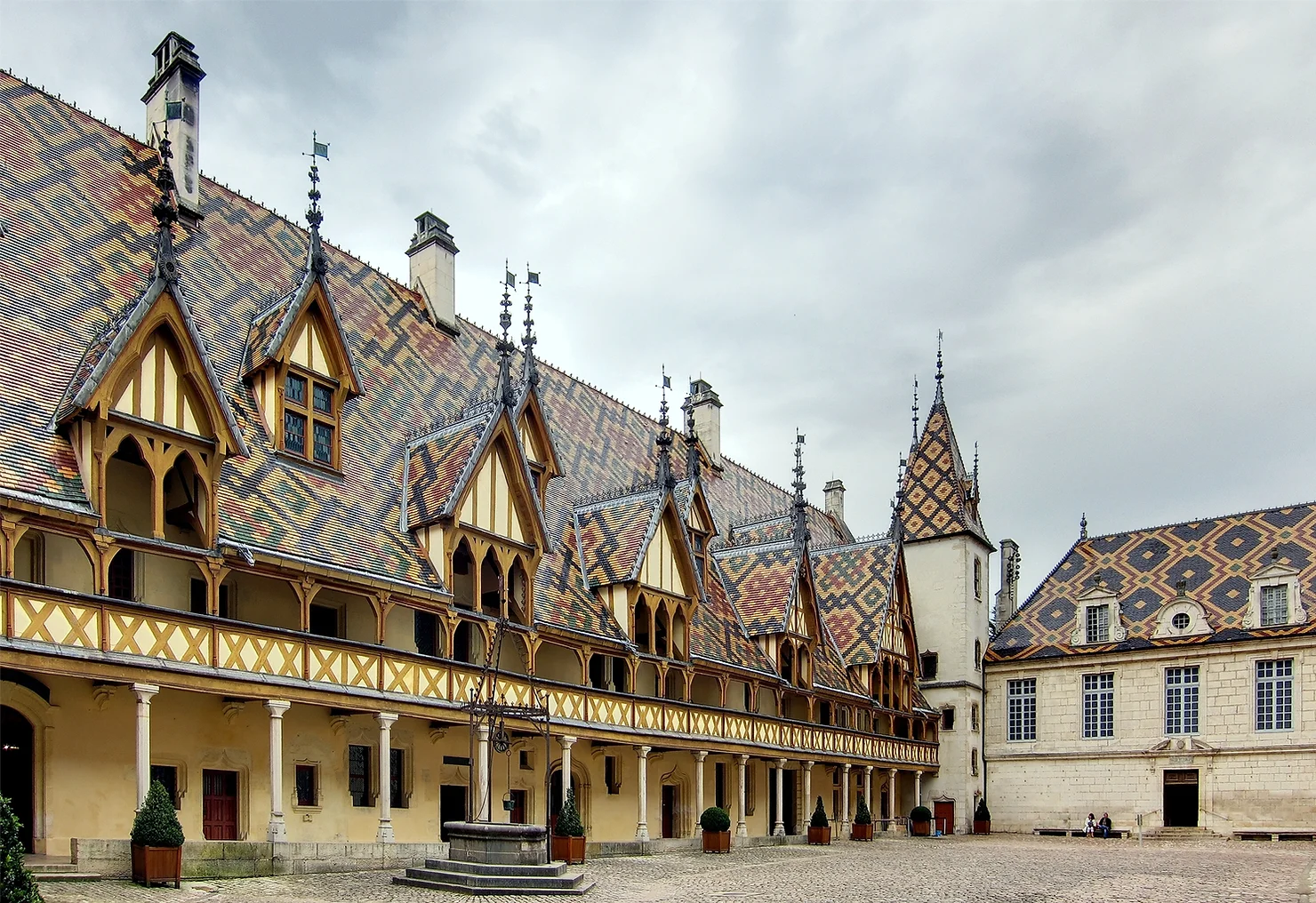
What comes to mind when you picture a roof? Most North American roofs are made up of asphalt shingles in a gable style. This means the roof has two slopes that come to one point. However, in other parts of the world, roofs can look completely different to what we are used to. The roofs on buildings are designed for many different purposes, including protection against rain, snow, wind, heat, and cold. Some are flat roofs, while others are sloped. Materials can look different in different parts of the world as well. It all depends on what is needed for each climate and location.
There are all sorts of roofing materials used around the world. Some roofs are made of thatch, some are made of metal, some are made of tile, and some are made of wood. According to Iko, they all have their own unique benefits and drawbacks.
Thatch roofs are common in tropical regions. They are made from dried plant materials, such as palm fronds or reeds. Thatch is an excellent insulator, keeping homes cool in hot weather. However, thatch roofs are not very durable and need to be replaced every few years.
Metal roofs are commonly found in industrial areas. They are durable and fireproof, but they can be very noisy during a rainstorm. However, they are a great option for areas that get high winds.
Roof tiles are popular in warm, dry climates. They are long lasting and look very attractive as they can come in a variety of different colors. However, they can be very heavy and can break easily in an earthquake.
Wooden roofs are common in cold climates. They are good insulators and can last for many years if they are properly maintained. However, they are susceptible to fire and termite damage.
The history of roofs goes back thousands of years. The first roofs were probably thatched, which is a roofing material made from dried grass, straw, or reeds. In ancient Egypt, for example, people built houses that had flat roofs made of mud bricks. Thatch roofs were common in Europe until the 18th century. They were then replaced by more durable materials such as slate, tile, and metal. These roofs were waterproof and protected the house against rain and snow.
The Egyptians also used straw mats to cover their homes. This was because straw was easy to gather and dry out quickly. It was also inexpensive. Flat roofs allowed more space in the home for storage. Screens could be used in order for the Egyptians to use their roofs for outdoor activities.
In the Roman Empire, roofs were made of wood. Wood was very common and easily available. The Romans would use wooden beams to support the roof. These beams were then covered with clay roof tiles. These roof tiles came in two different shapes. One was a curved tile, and the other was flat with raised sides. The curved tile sat over the raised sides of the flat tile in order to keep the roof waterproof.
During medieval times, roofs were made of straw. Straw was easy to obtain and was also very effective at protecting against rain. However, straw roofs were not durable and often collapsed under heavy storms. These types of roofs were also not fire resistant, which led to other problems.
In 14th century Europe, people began using tiles instead of straw. Roof tiles were more durable than straw and were easier to install. After all of the fires, these roof tiles offered relief as they were fire resistant. As a result, roof tiles became popular throughout Europe. To this day, thatch roofs are banned from London, with the only remaining thatch roof being The Globe Theatre.
When it comes to roofs, most of us think of them as functional parts of our homes that keep us safe and dry. However, there are some roofs out there that are so much more than that – they are inspiring. Love Exploring covers some of these roofs. From incredible feats of engineering to beautiful works of art, these roofs will amaze and inspire you. Here are some of the world’s most impressive roofs:
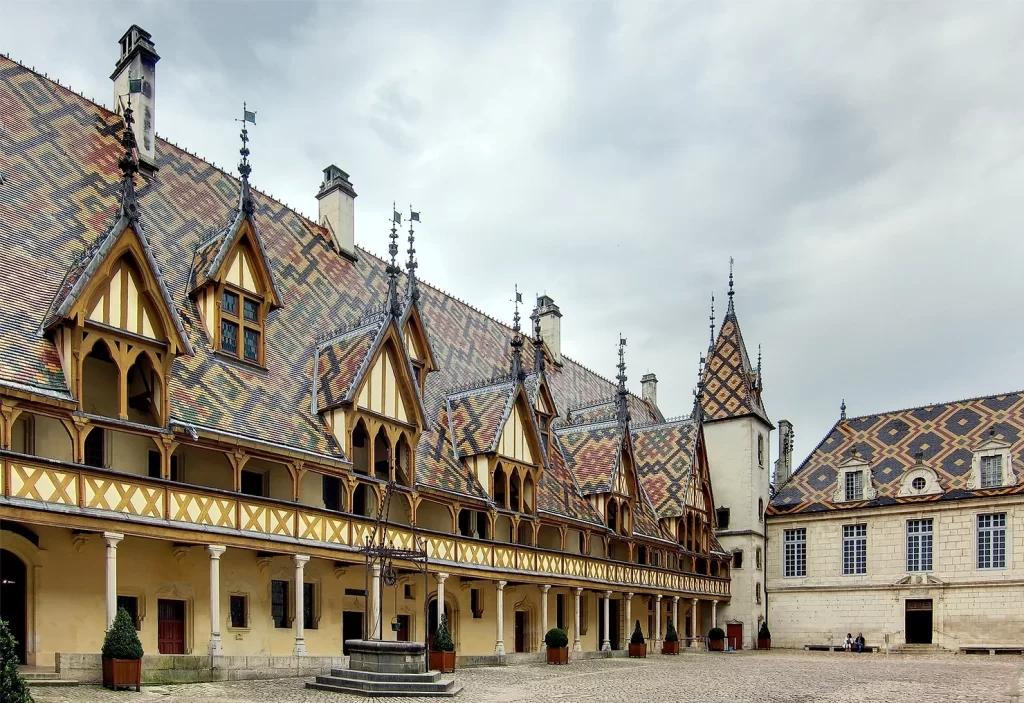
Hospices de Beaune, Beaune, France
The roof of the Hospice de Beaune is a striking feature of the building. It is made up of numerous individual roof tiles, each of which has been painted in a different color. The roof is said to represent the different stages of the human life cycle, from birth to death. These glazed tiles were a symbol of status due to the price and time needed to use them.
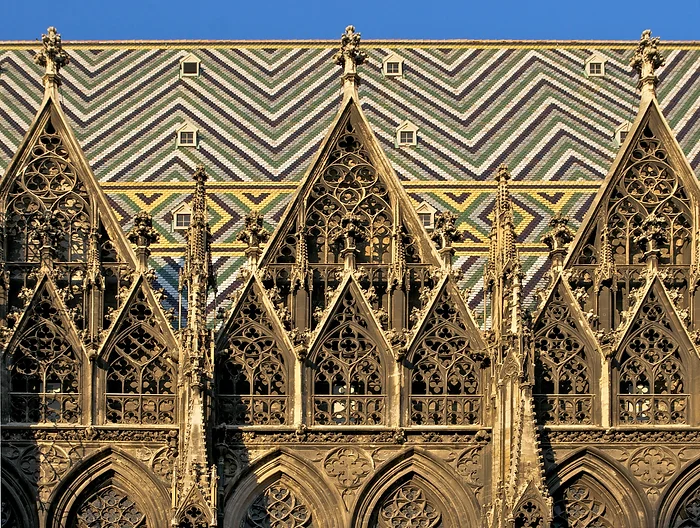
St. Stephen’s Cathedral, Vienna, Austria
The roof of St. Stephen’s Cathedral is composed of two different sections, the inner roof and the outer roof. The inner roof is made of wood, while the outer roof is made of lead. The lead roof is decorated with over 300 statues of saints, angels, and other figures. The roof is also home to a number of gargoyles, which were originally added to the roof in the 14th century in order to help protect the building from weather damage by dividing water flow.

The Sydney Opera House has one of the most distinctive and recognizable roofs in the world. The roof is composed of 2,194 individual tiles that were hand-glazed in white, blue, and green. The roof tiles were produced in Sweden and were shipped to Sydney, Australia. The roof is considered to be one of the engineering wonders of the modern world.

St. Basil’s Cathedral, Moscow, Russia
The roof of St. Basil’s Cathedral is composed of many small, colorful tiles that create a pattern and design that is unique to the cathedral. However, when this cathedral was first built, it did not have the colorful tiles it does today. In fact, St. Basil’s Cathedral did not start incorporating its bright colors for over 100 years after it was built. It features onion-shaped domes, perhaps to emanate the shape of a candle flame. The roof is also one of the most photographed features of the cathedral, and is a popular spot for visitors to take photos.

Shwedagon Pagoda, Yangon, Myanmar
The Shwedagon Pagoda is a Buddhist stupa, or domed structure, that is said to be 2,500 years old. It is the most sacred Buddhist site in Myanmar. The central stupa is surrounded by 64 small stupas and is made of brick that has been covered in gold. The very top of the stupa is adorned with diamonds and rubies. Buildings within a mile radius of the Pagoda are not allowed to be 417 ft. above sea level in order for this roof to dominate the Yangon skyline.
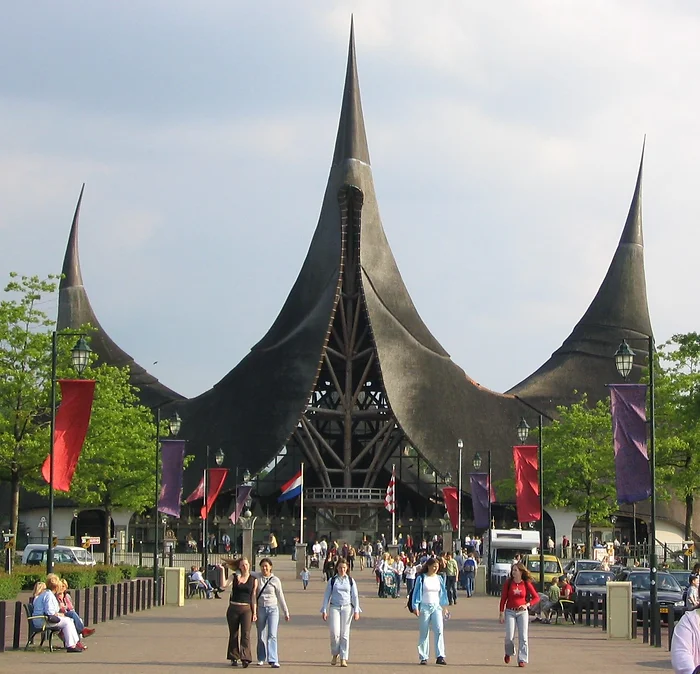
House of Five Senses, Kaatsheuvel, Netherlands
The House of Five Senses sits at the entrance to an amusement park, Efteling. It has the largest reed roof in the world and is made out of wood. It features five peaks, one for each sense, and is supposed to emanate what you will feel once inside the park.

Thean Hou Temple, Kuala Lumpur, Malaysia
The Thean Hou Temple is dedicated to the Chinese goddess, Thean Hou. The roof of Thean Hou Temple is decorated with dragons, phoenixes, and other Chinese symbols. The architecture takes inspiration from Buddhism, Confucianism, and Taoism. Glazed roof tiles were used in the production of this temple to portray the sacred nature of this building with the color yellow. The contrasting red pillars stand for prosperity and luck.
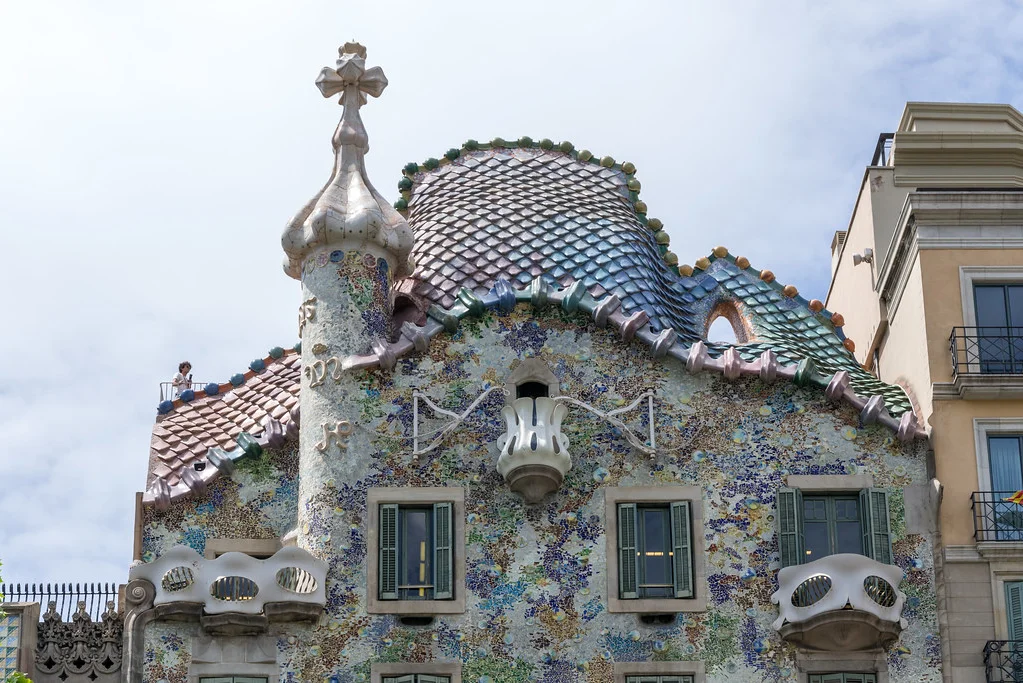
The Casa Batlló roof is made up of a series of undulating waves, and is covered in ceramic roof tiles. The roof is also home to a number of chimneys, which are adorned with colorful tiles and mosaics. The roof was designed by Antoni Gaudi, and is one of the most emblematic features of his work. It is said that the roof was inspired by the back of a turtle, or dragon, and is a prime example of Gaudi's use of organic forms in his architecture.
There are many different types of roofs around the world. No matter where they are, roofs play an important role in protecting the people and belongings inside a home. They keep out the rain, snow, and sun, and can also help to insulate a home. The next time you look at a house, take a moment to think about the roof and all the different ways it can vary around the world. Check out CADdetails for some more roofing inspiration.
If you are feeling inspired by this list of houses, then call Lifetime Quality before starting your next roofing project. Our expert teams in Columbus, OH, Cincinnati, OH, Pittsburgh, PA, Dallas, TX, and Tampa, FL will help you with any of your roofing needs. For a free roof inspection, give us a call at 614-407-7663!